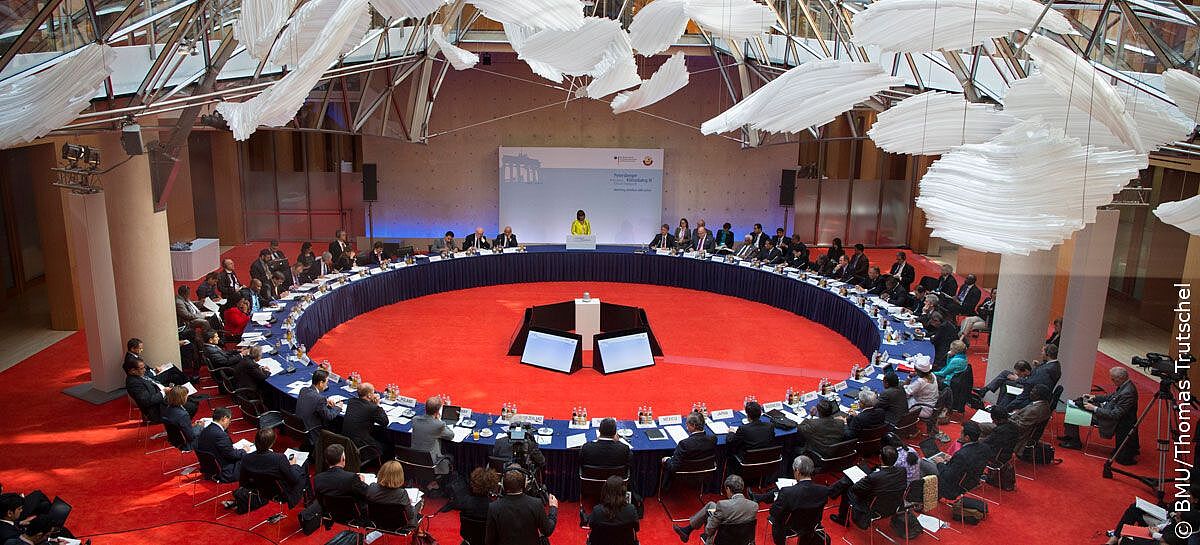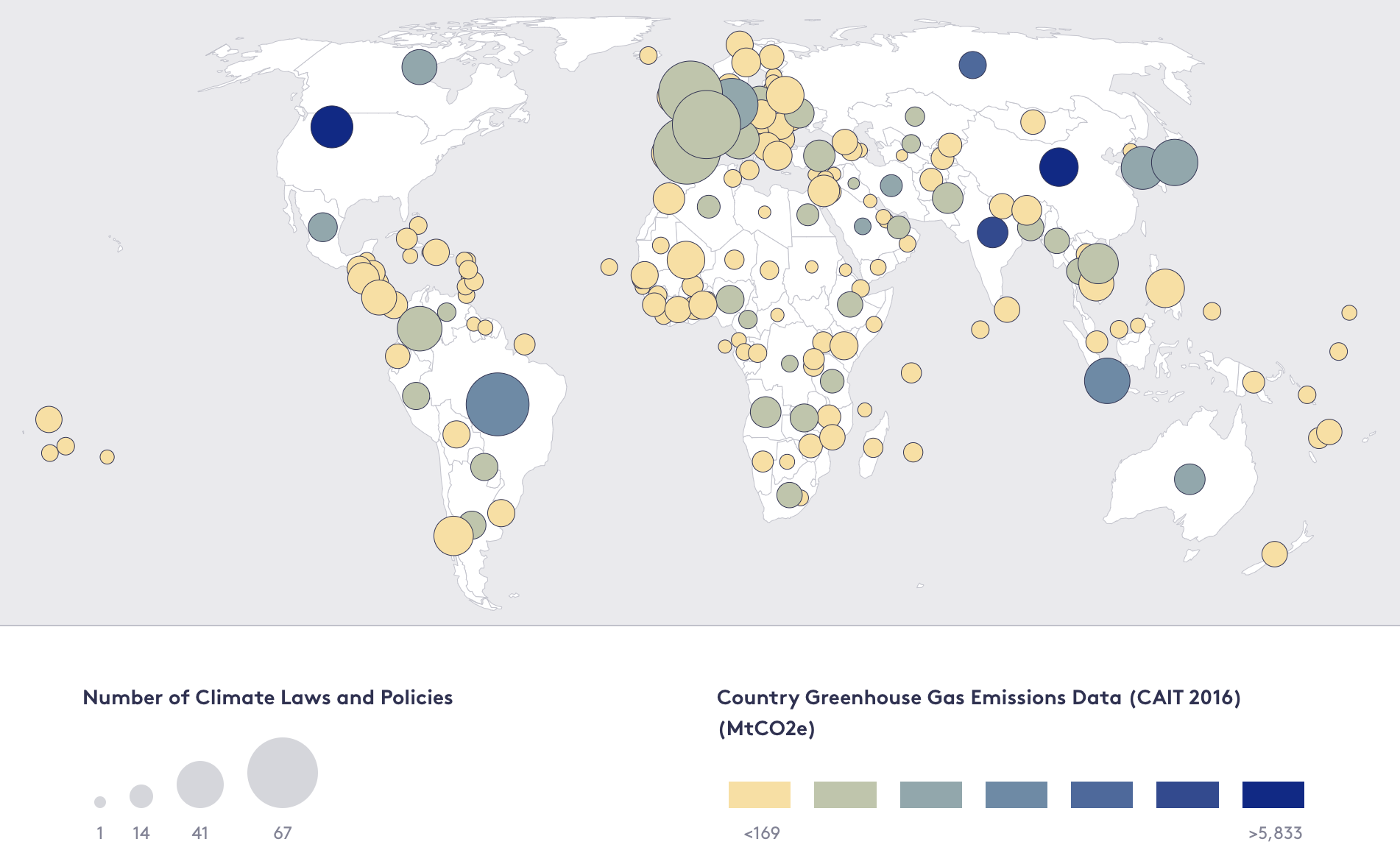Environmental issues like climate change and pollution transcend borders, requiring coordinated global action.
International environmental policy represents the agreements and shared goals that guide countries in sustainably managing our planet.
This article will provide an in-depth look at the key principles, history, and current challenges in this critical field.
What Is International Environmental Policy?

International environmental policy encompasses globally agreed-upon goals, rules, and principles to collectively address environmental issues that transcend national boundaries.
Key Points
- International environmental policies tackle issues like climate change that require global coordination.
- Examples include the Paris Agreement, Montreal Protocol, and Convention on Biological Diversity.
- The main aims are to limit pollution, promote sustainability, conserve resources, and mitigate environmental degradation.
Our Opinion
In my view, international environmental policy is absolutely critical to effectively address the major environmental challenges facing our planet.
No one country can solve issues like climate change and biodiversity loss alone.
International agreements create shared responsibility and collective action towards sustainability.
While imperfect, international environmental policies represent the best path forward to protect our shared global environment.
More ambitious goals and stronger enforcement of existing treaties are needed.
But international cooperation is the only way forward.
Major Global Environmental Policies

Some landmark policies have shaped international environmental efforts. These include:
- The Montreal Protocol (1987) – banned ozone-depleting CFCs to address the hole in the ozone layer
- The Basel Convention (1989) – controls the export and import of hazardous waste between countries
- The Kyoto Protocol (1997) – set binding emissions reduction targets for developed countries to combat climate change
- The Paris Agreement (2016) – commits countries to Nationally Determined Contributions to limit global temperature rise to under 2°C
Regional policies like the European Union’s REACH also restrict hazardous chemicals. The EU Emissions Trading System caps CO2 emissions from major industries.
Ongoing international environmental policy efforts focus on issues like:
- Phasing out fossil fuel subsidies
- Regulating plastic pollution and microplastics
- Promoting reforestation and sustainable land use
- Strengthening adaptation support for climate-vulnerable regions
Effective implementation remains a key challenge. However global coordination on environmental policy creates accountability and spurs action across borders.
Here is a draft continuation on key players in international environmental policy:
Key Players in International Environmental Policy
Many organizations shape global environmental policymaking and implementation:
- The United Nations Environment Programme coordinates responses like the Montreal and Basel Conventions.
- The UN Framework Convention on Climate Change oversees climate agreements.
- The World Trade Organization influences trade-related environmental policies.
- The World Bank and regional development banks fund green initiatives.
- The G7 and G20 allow major economies to coordinate on sustainability.
Influential NGOs include Greenpeace, WWF, Friends of the Earth, and more. Businesses like the World Business Council for Sustainable Development promote private-sector engagement.
Ultimately, national governments decide whether to join global accords and implement reforms. Pressure from civil society helps motivate ambitious commitments. But more inclusive international governance is needed.
Cooperation between all stakeholders—governments, businesses, NGOs, and citizens—is essential to tackle complex environmental challenges. Their combined efforts drive progress on international environmental policies.
Challenges in Global Environmental Policymaking
Crafting effective international environmental policies faces hurdles:
- Getting all countries to agree on ambitious goals and strict targets.
- Ensuring adequate funding for developing nations to implement reforms.
- Overcoming resistance from powerful industries opposed to stricter regulations.
- Coordinating policy alignment across issue areas like trade, development, and environment.
- Building institutions for strong compliance monitoring and enforcement.
Tensions can arise between developed and developing countries over differing priorities and responsibilities. Short-term economic interests often clash with long-term sustainability needs.
Policymakers must balance environmental, economic, and social objectives. They need to consider impacts on jobs, prices, competitiveness, and more. Managing trade-offs is complex.
But challenges drive innovation too. Goals like carbon neutrality by 2050 push new technologies and policies. Crises catalyze action, as the ozone hole did for the Montreal Protocol.
With persistence, compromises can be forged. But bolder, swifter steps are essential to tackle urgent threats like climate change and biodiversity loss.
The Future of International Environmental Policy
More ambitious, holistic, and inclusive policies are imperative going forward. Some key directions include:
- Setting science-based targets aligned with ecological limits.
- Shifting to circular, sharing, and regenerative economic models.
- Integrating environmental priorities into all sectors like transport, energy and agriculture.
- Channeling more finance and technology to developing countries.
- Empowering indigenous groups and youth in policy processes.
- Strengthening implementation, compliance and enforcement mechanisms.
- Mainstreaming environmental education and sustainable lifestyles.
We need transformative change across political, economic and social systems. No one nation can tackle global ecological crises alone.
International cooperation must be bolstered through reinvigorated multilateralism. Creative partnerships between governments, businesses, communities and individuals can drive progress.
Policy innovation and experimentation at local and national levels can inform global initiatives. Bottom-up, decentralized action is key.
If we summon the collective will, a brighter, greener, more just and resilient future is within reach. But the window for decisive action is closing fast.
FAQ
What Is an Example of an International Environmental Policy?
The Montreal Protocol is an international environmental policy signed in 1987 that regulated substances that deplete the ozone layer. Nearly every country in the world has signed on to phase out numerous ozone-depleting chemicals.
Why Are International Environmental Policies Necessary?
International environmental policies are necessary because many environmental issues like climate change and biodiversity loss are global problems that require coordinated international action. Policies at only the national level are often insufficient.
What Is the Main Purpose of Environmental Policy?
The main purpose of environmental policy is to protect the environment and human health by regulating polluting activities, promoting sustainable practices, conserving natural resources, and mitigating environmental degradation.
What Are 3 Examples of Major International Environmental Agreements?
- The Paris Agreement aims to limit global temperature rise through national pledges to reduce greenhouse gas emissions.
- The Convention on Biological Diversity works to conserve biodiversity and promote sustainable use of natural resources.
- The Basel Convention regulates the transboundary movements of hazardous wastes.
Conclusion
International environmental policy refers to agreements and shared goals between countries to collectively address environmental issues that cross national borders, such as climate change, ozone depletion, and loss of biodiversity. Key international environmental policies aim to limit pollution, transition economies to be more sustainable, conserve natural resources, and mitigate human impacts on the global environment. International cooperation is necessary to effectively tackle global environmental challenges.

